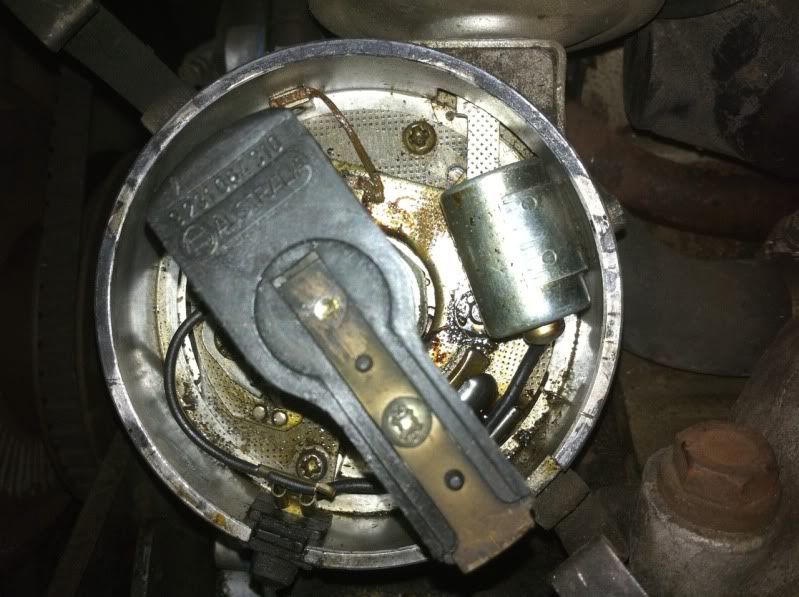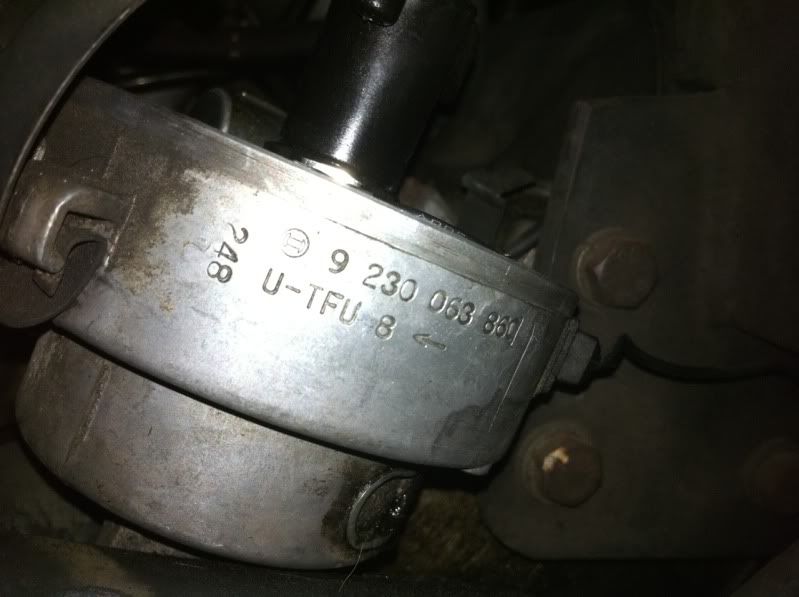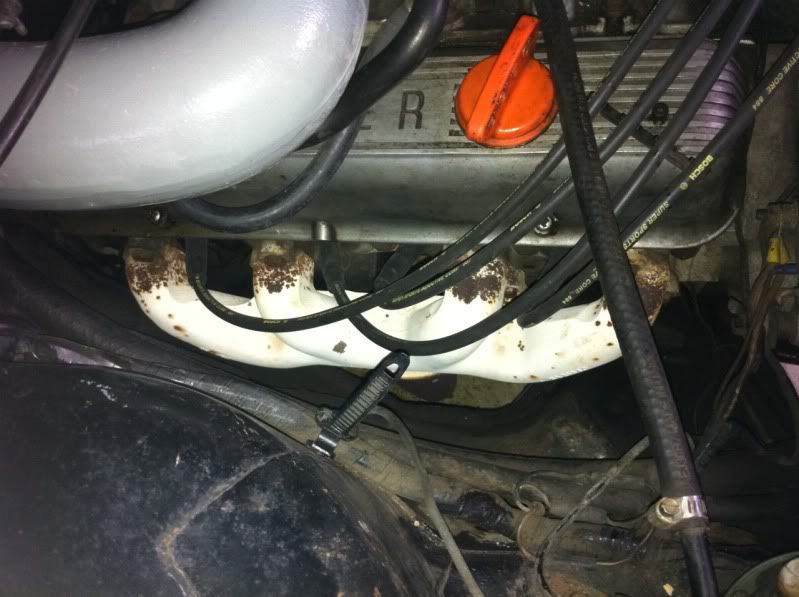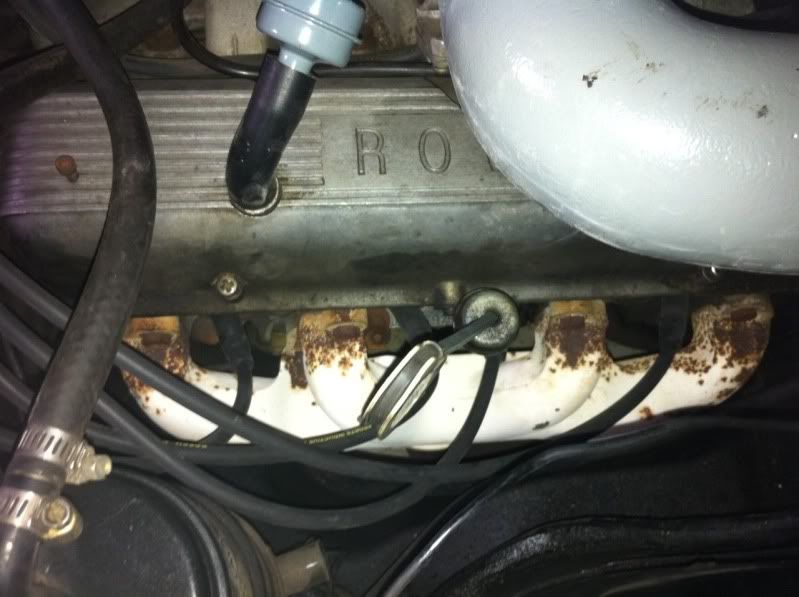Hey,
I ordered an Accuspark kit from the UK to convert my P6 over to electronic ignition, unfortunately i didn't check the precise model of my distributor first and now it has turned up it turn out it won't fit mine.
My car has a later Range Rover engine and has a 3LUC8-35D fitted, while the kit is for a 35D8, so basically I have a couple of questions.
I have a spare 35D8 that the Accuspark kit will fit, would it be worthwhile fitting it to this and swapping distributors, and as such are they interchangable and would there be any downside to running a 35D8 with Accuspark pickup rather than a 3LUC8-35D with points?
Secondly, is there any trick to removing the distributor on these? Last one i tried to pull when i dismantled the red car was stuck firm and wouldn't come out so i ended up leaving it in the cars carcas. Should they just pull out once unbolted?
Finally, is there a known kit for the 3LUC8-35D that would be worth going for instead? Accuspark don't seem to do one but if there is one of the other similar kits at a similar price i could order one of those instead.
Cheers,
Al
I ordered an Accuspark kit from the UK to convert my P6 over to electronic ignition, unfortunately i didn't check the precise model of my distributor first and now it has turned up it turn out it won't fit mine.
My car has a later Range Rover engine and has a 3LUC8-35D fitted, while the kit is for a 35D8, so basically I have a couple of questions.
I have a spare 35D8 that the Accuspark kit will fit, would it be worthwhile fitting it to this and swapping distributors, and as such are they interchangable and would there be any downside to running a 35D8 with Accuspark pickup rather than a 3LUC8-35D with points?
Secondly, is there any trick to removing the distributor on these? Last one i tried to pull when i dismantled the red car was stuck firm and wouldn't come out so i ended up leaving it in the cars carcas. Should they just pull out once unbolted?
Finally, is there a known kit for the 3LUC8-35D that would be worth going for instead? Accuspark don't seem to do one but if there is one of the other similar kits at a similar price i could order one of those instead.
Cheers,
Al






